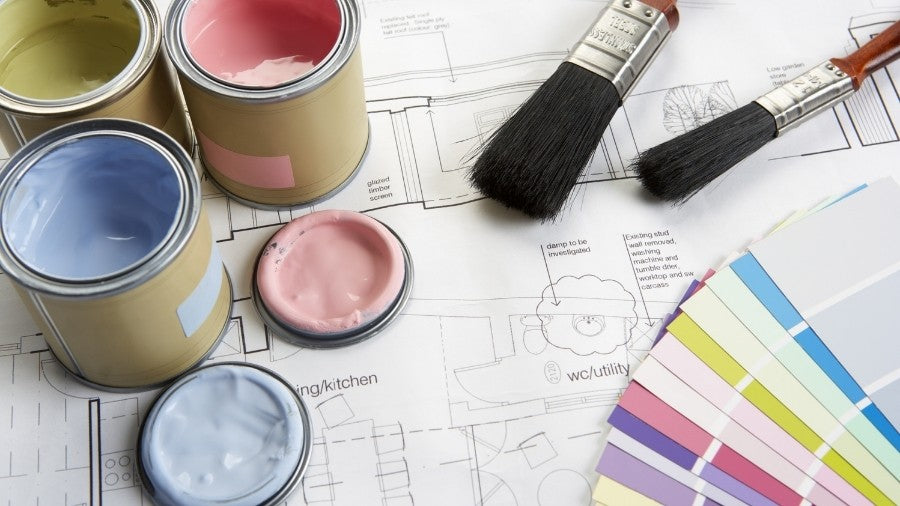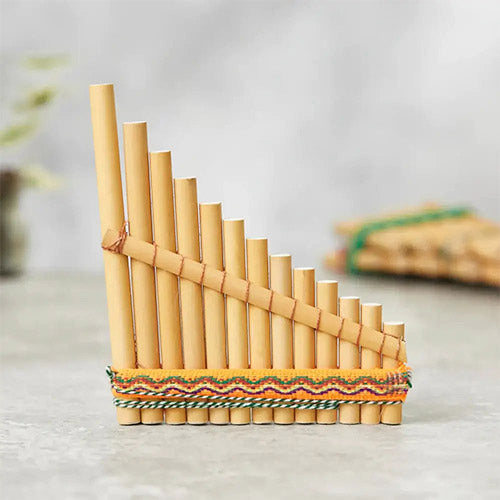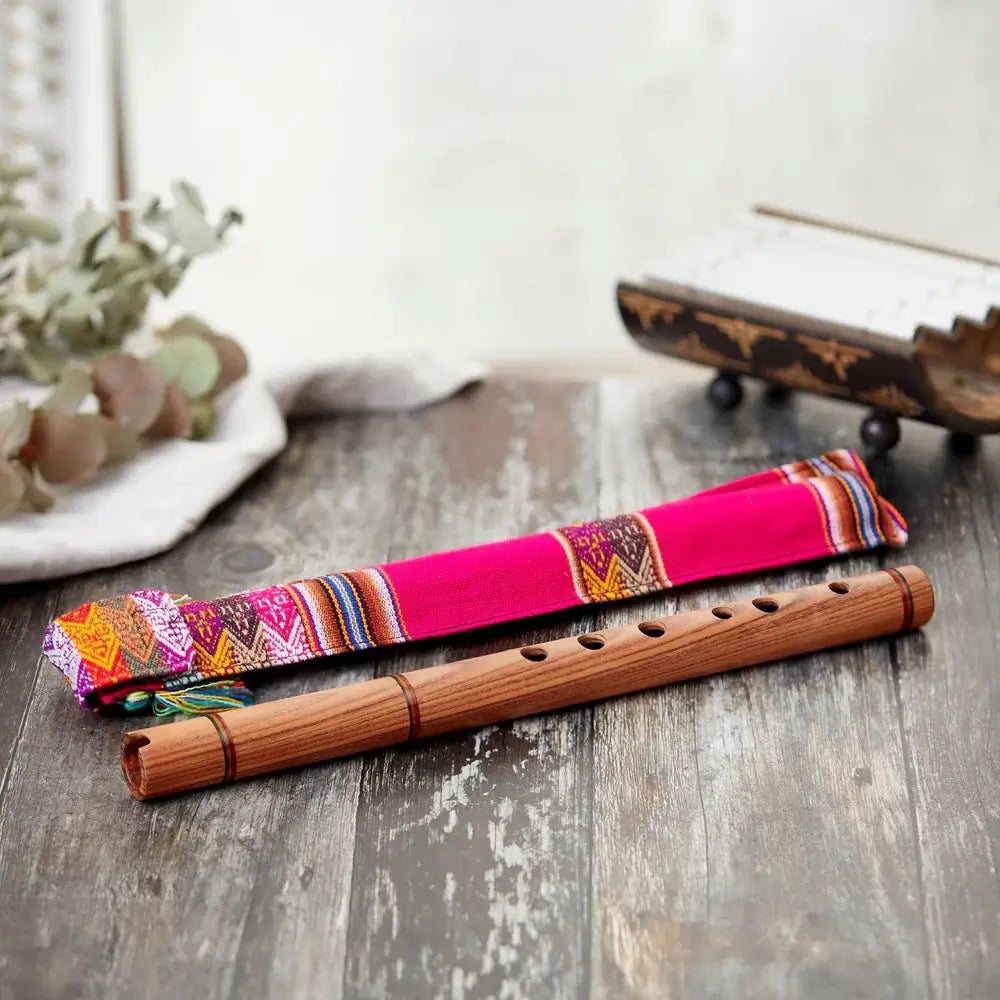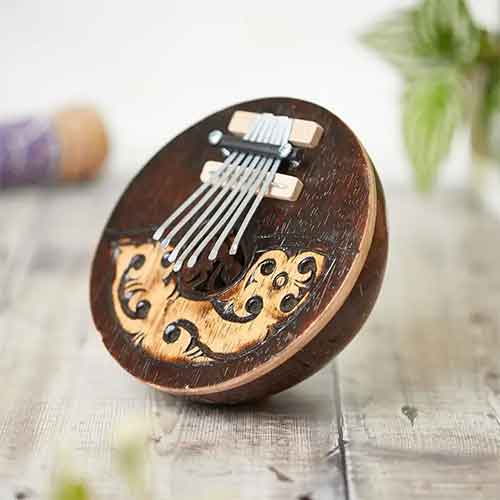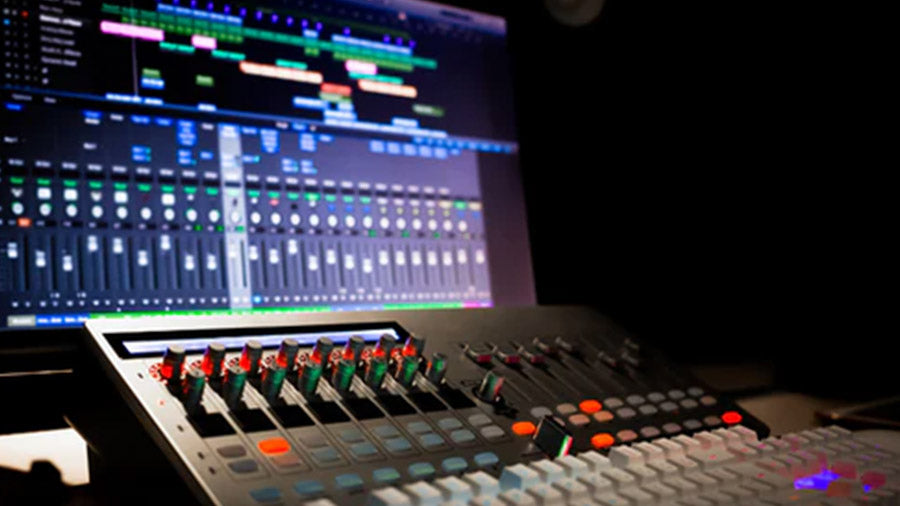Interior design is one of the most wonderful things you can do, there is nothing that I love more than to look at a room and let my imagination run wild with creative ideas. Whilst it can be exciting to fill a room with tons of new things, sometimes, less is more. For this reason, I would recommend taking out all of the elements, and search for inspiration.

Inspiration can be found in the likes of other peoples homes, a book, magazines, online, blog articles, and other publications. That way you will get to see the many styles. It's extremely important that you look for inspiration to find what you like, this solid plan is the make or break of your vision, kind of similar to having a blank canvas and experimenting with colour palettes.
The 60-30-10 rule
Make use of the 60-30-10 rule, this can help you develop a colour scheme. It will also help balance the colours throughout your space. You can use a mix of bright colours as well as neutral earthy tones.
- 60% should be the main colour of the room, for example the colours of your walls, sofa, and area rug.
- 30% is the secondary colour that should support your main colour. This could be in the form of accented chairs, painted furniture, a feature wall, curtains etc.
- 10% is your accented colour, this could be in the form of the pillow for your sofa, photos on the wall, other accessories such as lamps, candles, a plant etc.
Using a colour wheel

To help you explore colours you could use a colour wheel generator tool which can show you colour combinations that are complementary, monochromatic, analogous, triadic, tetradic, and more. You can of course always be creative and adjust the rules above to create something more bespoke. Make your own formula to find a balance that you like.
Colour schemes is only the start to interior design, standby as we explore the many ways to create a wonderful living space. After you have chosen your colours, you can begin painting your walls or begin wallpapering to get that 60% colour of your choice.
Colour choices
The colour pallet you decide will vary from room to room. For example, bathrooms are commonly painted white as it looks very clean and modern. Sometimes they are blue which makes the room feel cool and calming. The psychology of the colour is very important. Grey is great for bedrooms as it is a bland colour that can often help you switch off after a long day, with that being said blue is also good because it can promote sleep. The opposite of cool blue is red. Whilst blue has the ability to calm and lower your heart rate, exposure to the colour red can give you a higher heart rate.
Red is vibrant and is the colour responsible for love, it is also the colour for anger and increased appetite and so you should use this colour carefully. Yellow is said to be the colour of creativity and anxiety. This means that the colour should be used in an office space where creative work is a must. However, you should avoid putting yellow in a kids bedroom or nursery as over exposure to the colour yellow is proven to cause irritability, increased crying, hyperactivity and tantrums.
The best color combination will be down to your personal preference but my favourite is to keep the background white and add a splash of colour here and there. There are many online apps that can help you with your interior design colour schemes. The Behr Paint Colour visualiser app can help you explore colour palette options.
Interior design styles

- Rustic
Also known as shabby chic, to achieve the rustic look, it involves avoiding the use of plastic and having mainly wooden furniture that looks slightly used. light scratches and even white washed furniture can play a part in achieving this style. When it comes to wooden furniture, darker wood is superior for this style as it has more opportunity to become rustic and shows up perfect imperfections much easier.
-
Contemporary / modern
In with the new, out with the old, the modern look is very minimal. It relies on a clean canvas that is complimented by a minimal amount of beauty. It is a mix between many styles and modernity is achieved by creating a futuristic looking home where items take up less space and serve more functional purpose. For example, you could find a compact luxury coffee machine in a modern kitchen as opposed to having an electric percolator. When it comes to choosing wooden furniture, light woods work better for flooring as scratches and imperfections tend to not show up as much. Oak is of course the most expensive choice of wood but mango wood is just as beautiful and costs a lot less.
-
Industrial
Old factories and industrial spaces have inspired interior designers and now this style has made its way into living spaces. Combining metals and wood in very clever designs, this style looks expensive, warm, and is used in restaurants for creating the most comfortable atmosphere.
-
Natural
Nature has an impact on your mood and can make you feel happier. Just like colour psychology already mentioned green grass represents health, and good luck, the blue sky is calming and the brown trees are strength, dependability, security, and safety. Adding natural decor elements to the home is easy and they are often beautiful.
-
Cultural
Decorating your home with culture in mind is a great way for you to express your lifestyle and who you are through your interior decor. It will educate people around you about how other cultures live and brings us all together. There are so many culture styles to choose from with the most popular being African, Japanese, Chinese, Vietnamese, Indian, and European influence.
Redesigning & Shopping

This next step is to either bring items back in, that work with the colour scheme or ditch them and find something better. Shopping is the fun part, you can slowly add elements that match your colour scheme, removing anything that doesn’t suit the room. We love adding natural elements to the home that add to the interior design décor, get inspired.
A hand painted Indian furniture piece can transform a home and would add a sense of sophistication creating somewhat of a centre piece for the room you’re working on. Sometimes a few carved candle holders add enough value to a shelf for a more simplistic modern design. Handmade pieces tend to stand out better than the more commercially produced counterparts, with this in mind and depending on your ability.
You could get creative and start making some of the elements yourself, such as wood carvings, curtain tiebacks, cushion covers, in my bedroom for example, I have a bamboo curtain pole, which required no expenditure and looks much better and rustic than a shiny piece of machine-buffed metal that everyone else has in there home. Different is always good as it makes for a more interesting environment, making your home more memorable to guests, and more unique to you.
Interior design placement
Whilst a symmetrical room will generally always looks good to the eye. It is not always possible to place things this way usually due to the architectural design structure of the room. My living room space is a very odd shape, and I find myself constantly moving things around to try get it right.
Something to consider here is ‘what do you want the attention to be on? What do you want your guests to see when they come into your home or when they are sitting down on your sofa? I find the most attractive view in my living room is either the view of my plants and trees outside, the view of my rustic bookshelf on the wall or my grand piano.
Each room will of course vary in shape, and sometimes placement may not be obvious but take your time, and the design will come to you, even ask your guests how they would display the room. Interior design for the home can be a difficult or simple challenge, if you utilise a lot of these how to tips, and advice, you will likely get a good result. Interior design is often used in workplaces, restaurants, cafes, bars, and more.
How much do interior designers earn?
Interior designers earn quite a substantial salary, usually between £19,000 - 45,000 per year. If you are interested in doing this as a job, it may be worth you taking a course to ensure you are qualified, or to help others for a lower budget to build up your portfolio as an entry level Interior designer.
Conclusion
My biggest advice to you is have fun, and try to enjoy the process as much as possible. I hope that you now have a better understanding of interior design colours schemes. We would love to see a photo of your newly designed room!

